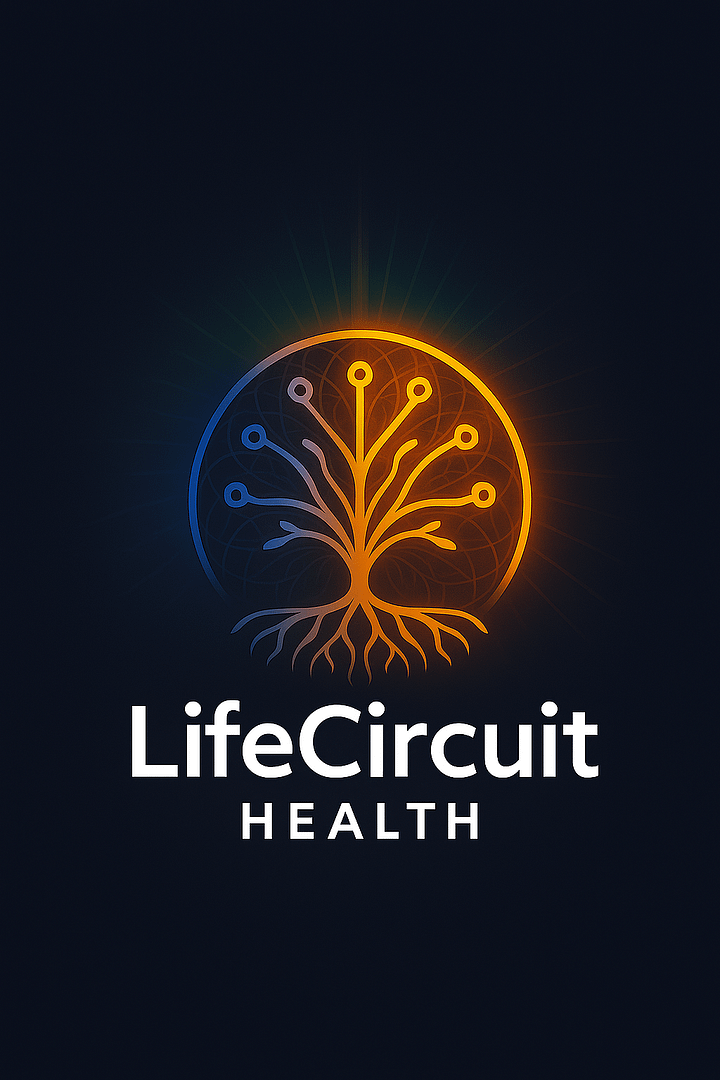Inverse Dose Response
The dose–response relationship, or exposure–response relationship, describes the magnitude of the response of an organism, as a function of exposure (or doses) to a stimulus or stressor (usually a chemical) after a certain exposure time.[1] Dose–response relationships can be described by dose–response curves. This is explained further in the following sections. A stimulus response function or stimulus response curve is defined more broadly as the response from any type of stimulus, not limited to chemicals.
⚡ LifeCircuit Curve
The Inverse Dose-Response Pattern That Governs Modern Health
🔄 The LifeCircuit Inverse Response
High Dysfunction
Rapid Recovery
Natural Function
Light • CO₂ • Temperature • Timing Alignment
The Four Pillars of Environmental Health
Your biology expects these ancient signals to function optimally
🧩 What This Means for Your Health
The Modern Trap
Most people live in the high-dysfunction zone without realizing it. Indoor life systematically deprives us of environmental signals our biology requires.
Rapid Recovery Potential
The steep curve means small changes yield massive improvements. Adding morning light or breath work can dramatically shift your position.
Biological Sufficiency Sweet Spot
There’s an optimal zone where environmental needs are met. Beyond this point, more input shows diminishing returns.
Synergistic Integration
These inputs work together. Light enhances timing, CO₂ improves cellular function, temperature reinforces rhythms. Address multiple factors for maximum benefit.
Sign up for LifeCircuit newsletter

